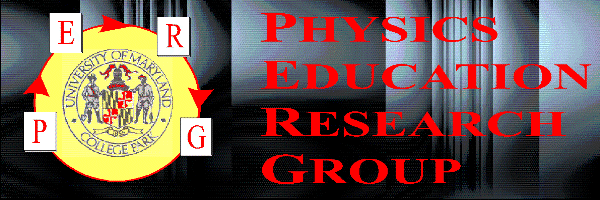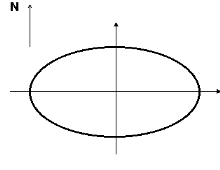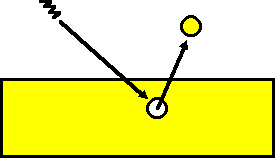Edward F. Redish, Richard N. Steinberg, Jefferey M. Saul
Physics Education Research Group
University of Maryland, College Park
Supported in part by NSF grant RED-9355849

Presented 9 August, 1996 at the College Park meeting of the AAPT. Posted on the Web on 3 September, 1996.
Although there have been studies on student understanding of the nature of science and science process, there has been little work on the implication of the role of student understanding of the symbology of physics on educational practice. We have seen a variety of difficulties that correspond to students having an incorrect understanding of the role of math in physics. Students can often perform mathematical operations correctly in the context of a math problem, but be unable to perform the same operations in the context of a physics problem. Students often have little appreciation for or understanding of the rich meaning carried by a symbol. We have seen a number of different kinds of failures of this type and will give examples and a preliminary classification of student difficulties with assigning meaning to the mathematics in a physics context.
The talk was originally designed to be presented using a browser (Netscape). Though it is all one document, the buttons can be used to present the talk in slide format. To get the proper size for a slide show, place the rainbow bar below at the top of your screen and adjust your window size so that this bar goes all the way across, and the height so that the next rainbow bar is at the bottom. If you are using a 640x480 screen, there should be no need to resize.
Supported in part by NSF grant RED-9355849
Although there have been studies on student understanding of the nature of science and science process, there has been little work on the implication of the role of student understanding of the symbology of physics on educational practice.
In our studies of student expectations and epistemologies, we have seen a variety of difficulties that correspond to students having an incorrect understanding of the role of mathematics in physics.
Students may be able to perform mathematical operations completely correctly in the context of a math problem, but fail to understand the same operations when they occur in physics.
We have observed a number of failures of this type

| 1. numbers | 2, e, 5/7 |
| 2. universal constants | c, h, k (Boltzmann) |
| 3. experimental parameters | m, R, T, k (spring) |
| 4. initial conditions | x0, v0 |
| 5. independent variables | x, y, z, t |
| 6. dependent variables | x, y, v |
Notice the large number of "homonyms" distinguished by context.


| Exam question: A car is going around an oval track at a constant speed counterclockwise when seen from above. When it is at its northernmost point, draw vectors specifying the position, velocity, and acceleration of the car. |  |
Many students said
Well, I know where he is. He's here (pointing to the top of the oval). But that's just a point. I need a direction to make a vector. The only direction I can think of to associate with it is the direction in which it is going, so I drew the position vector in the same direction as the velocity vector
Exam question: Suppose you were to perform the photoelectric effect experiment using light of wavelength = 250 nm and an electrode made of nickel (phi = 5.2 eV). You find that when the potential difference measured across the electrodes V is equal to zero volts, the ammeter reads 0 current. Would the ammeter read zero or non-zero current if you replaced the nickel electrode with one made of aluminum (phi = 4.2 eV)? Explain your reasoning. (from Steinberg, Oberem, & McDermott)
| Nearly 1/4 of the students responded: "The relevant equation is:"
 So it will be non-zero. If (hf - phi) is zero, then changing phi makes (hf - phi) non-zero." |  |

but most physicists don't need the theta function. Since they have a picture of the meanings in mind, they know that the
equation only is meaningful when the kinetic energy is positive.
This sort of "implicit constraint" is often invisible to the teacher and unclear to the student.
Student difficulties with math in physics: Why canít students apply what they learn in math class?
Jeffery M. Saul, Michael C. Wittmann, Richard Steinberg, and Edward F. Redish
Click on the title to read this talk.
This page prepared by
Edward F. Redish
redish@quark.umd.edu
University of Maryland
Physics Department
College Park, MD 20742-4111
(301) 405-6120